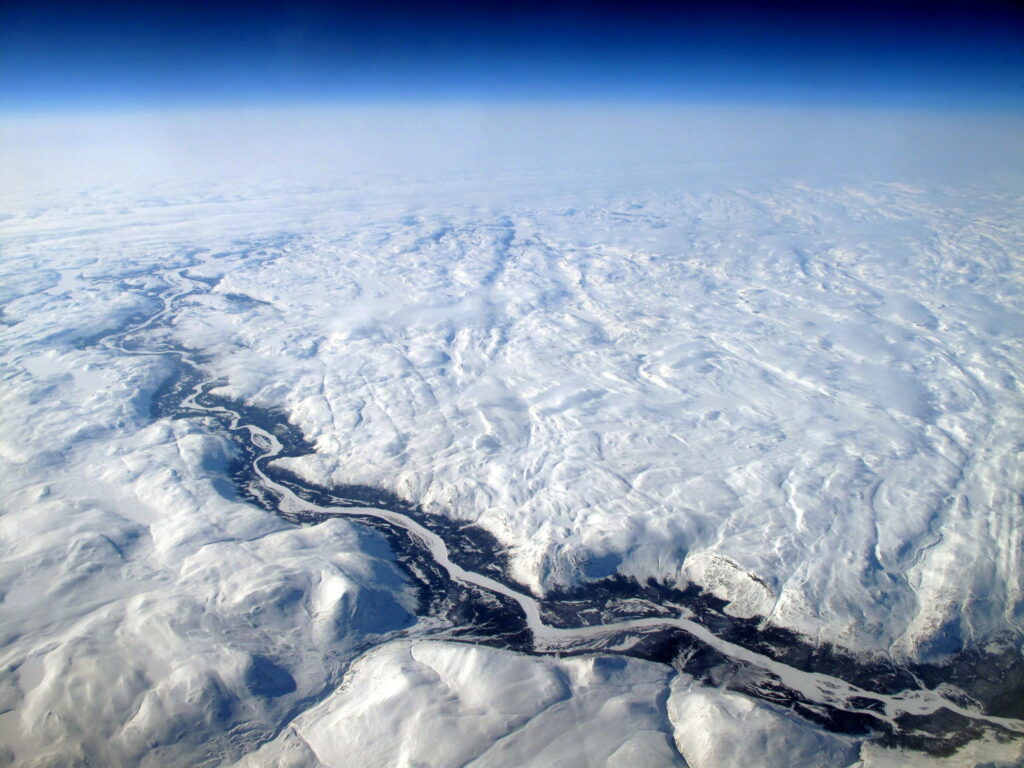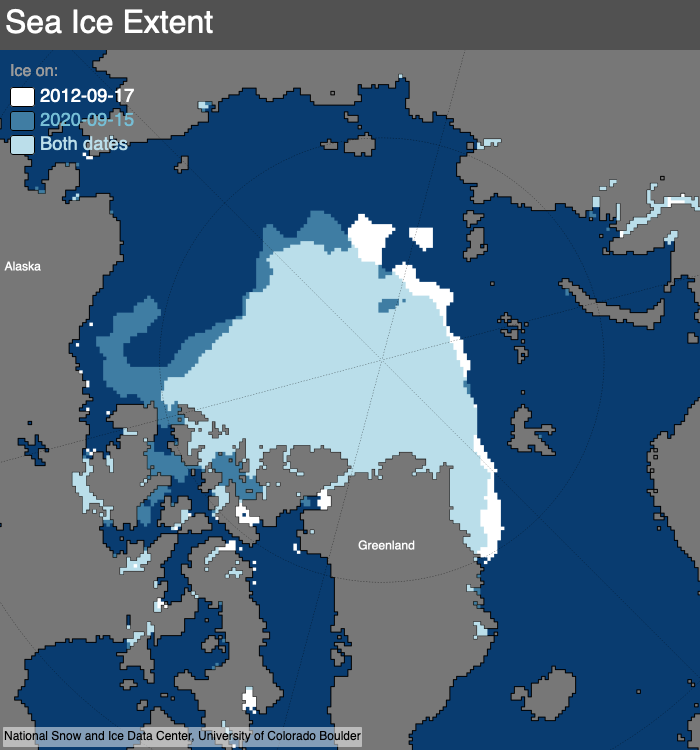In another sign of the acceleration of global warming, ice in the Arctic Ocean has melted to its second-lowest level on record this year. The Floes glacier shrunk to 3.74 million square kilometers (1.4 million square miles) last week, according to preliminary data from satellite observation.

The only other time such a low level was seen was in 2012 when the ice pack was reduced to 3.41 million square kilometers after a late-season cyclonic storm. Arctic sea ice usually reaches its low point in September, but it’s melting more and more each year as the polar north warms due to climate change.
“It’s been a crazy year up north, with sea ice at a near-record low… heat waves in Siberia, and massive forest fires,” said Mark Serreze, director of the National Snow and Ice Data Center (NSIDC), in a statement. “The year 2020 will stand as an exclamation point on the downward trend in Arctic sea ice extent. We are headed towards a seasonally ice-free Arctic Ocean, and this year is another nail in the coffin.”
This year’s drop in sea ice levels was particularly sharp between August 31 and September 5 due to pulses of warm air from a heatwave in Siberia, according to the NSIDC. The rate of ice loss during those six days was greater than during any other year on record, with temperatures in the Siberian Arctic 8ºC to 10ºC (14 to 18 Fahrenheit) above normal.
Studies have shown the warming of the Arctic and the melting of sea ice is influencing weather further south, altering the jet stream that powers the weather system. As ice disappears, it leaves areas of dark water open, which absorb radiation instead of reflecting it back to the atmosphere. This amplifies global warming and explains why the Arctic is warming faster than the rest of the world.
The reduction on sea ice levels in the Arctic is threatening wildlife, from seals and polar bears to algae, said Tom Foreman, a polar wildlife expert, for Al Jazeera.
“The numbers that we’re getting in terms of the extent of sea ice decrease each year put us pretty much on red alert in terms of the level of worry that we have, our concern for the stability of this environment,” he explains.

A study earlier this month discovered that the Arctic sea ice has melted so much in the last few decades that even a record cold year won’t produce the amount of summer sea ice that existed in the mid-20th century. High air temperatures during autumn and winter will drive the region to a district climate by the middle of this century, they found.
At the same time, Hamburg University scientists found in a study last April that by 2050 the North Pole would be ice-free in some Arctic summers. Every ton of carbon dioxide emitted worldwide led to three square meters of ice melt in the highly sensitive Arctic, said the study’s lead earth scientist Dirk Notz.
Countries agreed to limit global temperature rises to “well below” 2ºC (3.6 degrees Fahrenheit) through the Paris Agreement signed in 2015. But greenhouse gas emissions are still going up, with more ambitious climate action needed. The drops in emissions from the pandemic haven’t had a significant effect on climate change, and lockdowns are being lifted around the world.









